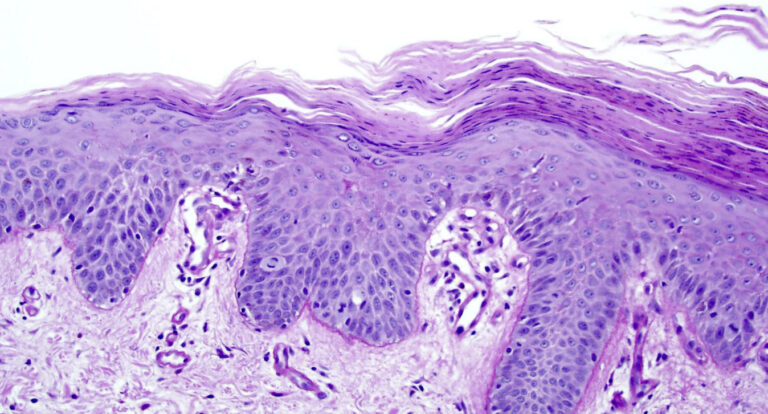What is the IATROGENIC effect?
Editor’s Note: The adage about teaching an “old dog†and “new tricks†took an unexpected twist in Denver during the annual meeting of the American Association of Dermatologists. Turning 68 in May, this “old dog†didn’t learn a new trick; he learned a new word: iatrogenic. As published in The Road Less Traveled… (April 15, 2014, page 11) […]
What is the IATROGENIC effect? Read More »









